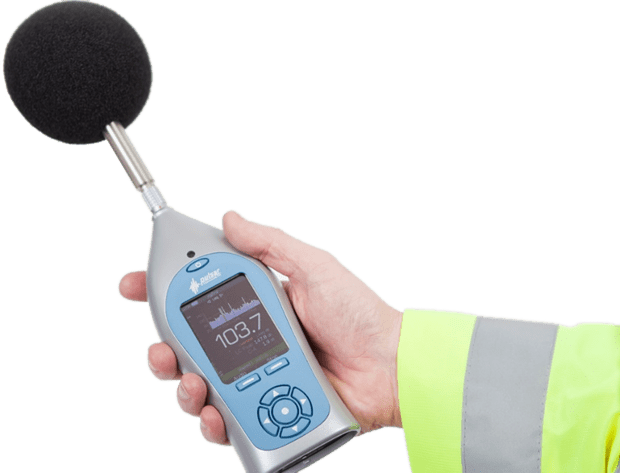Noise Measurements
Noise measurement refers to the process of quantifying the level of unwanted sound or noise in an environment. The presence of excessive noise can have adverse effects on human health, including hearing loss, sleep disturbance, and stress-related illnesses. Therefore, it is important to measure noise levels to determine whether they exceed safe levels and take appropriate measures to mitigate them. In this article, we will discuss the basics of noise measurement, including the types of noise, measurement techniques, and standards used for noise assessment.
Types of Noise
There are different types of noise, and they can be classified into various categories depending on their sources and characteristics. Some common types of noise include:
-
Environmental noise – This type of noise is generated from various sources in the environment, such as traffic, industrial activities, and construction sites.
-
Occupational noise – Occupational noise is generated in workplaces such as factories, construction sites, and other industrial settings.
-
Community noise – Community noise is generated in residential areas, such as loud music from neighbors or barking dogs.
-
Impulse noise – Impulse noise is a sudden, short-duration noise, such as gunshots, explosions, and thunder.
Measurement Techniques
There are different techniques used to measure noise levels, and the choice of technique depends on the type of noise being measured and the required accuracy of the measurement. Some of the commonly used techniques include:
-
Sound Level Meter – A sound level meter is a device used to measure the sound pressure level in decibels (dB). It consists of a microphone that measures the sound pressure and a display that shows the noise level in dB.
-
Octave Band Analyzer – An octave band analyzer is used to measure the noise level in specific frequency bands. It divides the frequency range into several octave bands and measures the noise level in each band.
-
Personal Noise Dosimeter – A personal noise dosimeter is a device worn by an individual to measure the noise exposure during a work shift or a specified period. It is particularly useful in measuring occupational noise levels.
-
Fourier Transform Analyzer – A Fourier transform analyzer is used to analyze the sound signal and determine the frequency components of the noise. It provides a more detailed analysis of the noise than a sound level meter.
Noise Standards
To protect human health and the environment, various noise standards have been established by different organizations. The standards define acceptable noise levels in various settings and provide guidelines for measuring noise levels. Some of the commonly used noise standards include:
-
Occupational Safety and Health Administration (OSHA) – OSHA sets noise exposure limits for workers in the United States. The limits are based on a worker’s daily noise exposure and the duration of exposure.
-
Environmental Protection Agency (EPA) – The EPA regulates noise levels in the environment and sets noise standards for various sources, including transportation, construction, and industrial activities.
-
International Organization for Standardization (ISO) – The ISO sets international standards for noise measurement and provides guidelines for noise assessment in different settings.
Conclusion
In conclusion, noise measurement is an essential process for assessing and controlling noise levels in various settings. It helps to protect human health and the environment by providing information about the type and level of noise and enabling appropriate measures to be taken to mitigate the noise. The measurement techniques and standards used for noise assessment play a critical role in ensuring accurate and reliable noise measurements. Therefore, it is important to use appropriate techniques and adhere to established standards to obtain accurate and reliable noise measurements.

